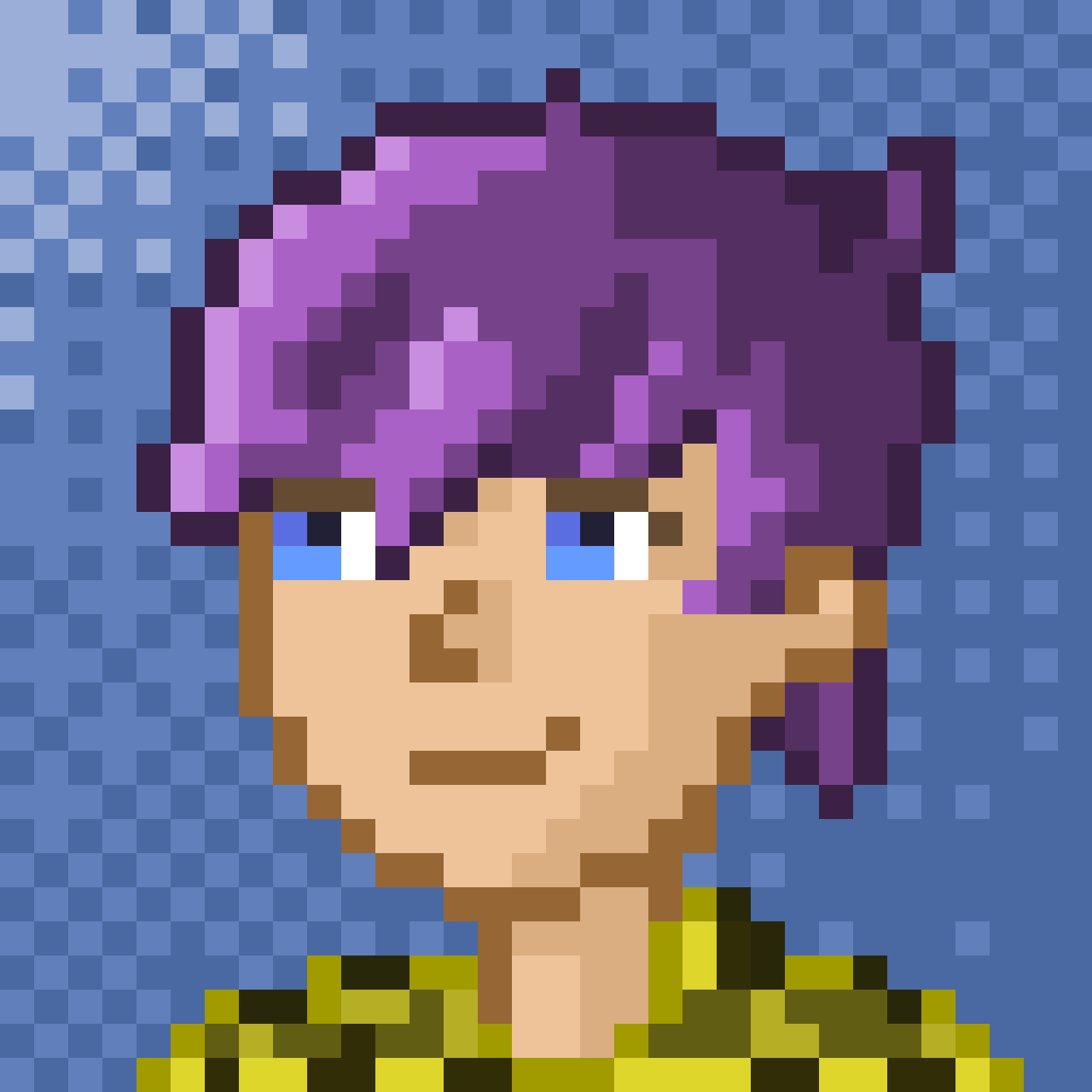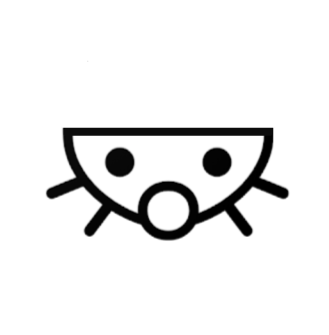

I’m also autistic, and usually pretty bad at spotting jokes. But most April’s fools jokes that I’ve come across were just lighhearted fun and pretty obviously fake. Just real enough sometimes to make you go “really?! oh nvm it’s April 1st…”. What kind of mean spirited jokes are people making?




Not sure what the issue with zip files is? They’re supported on basically every device and afaik are not a proprietary format or anything. Seems better to me than rar or 7z. Tar.gz is also fine, but * don’t really see why one would care